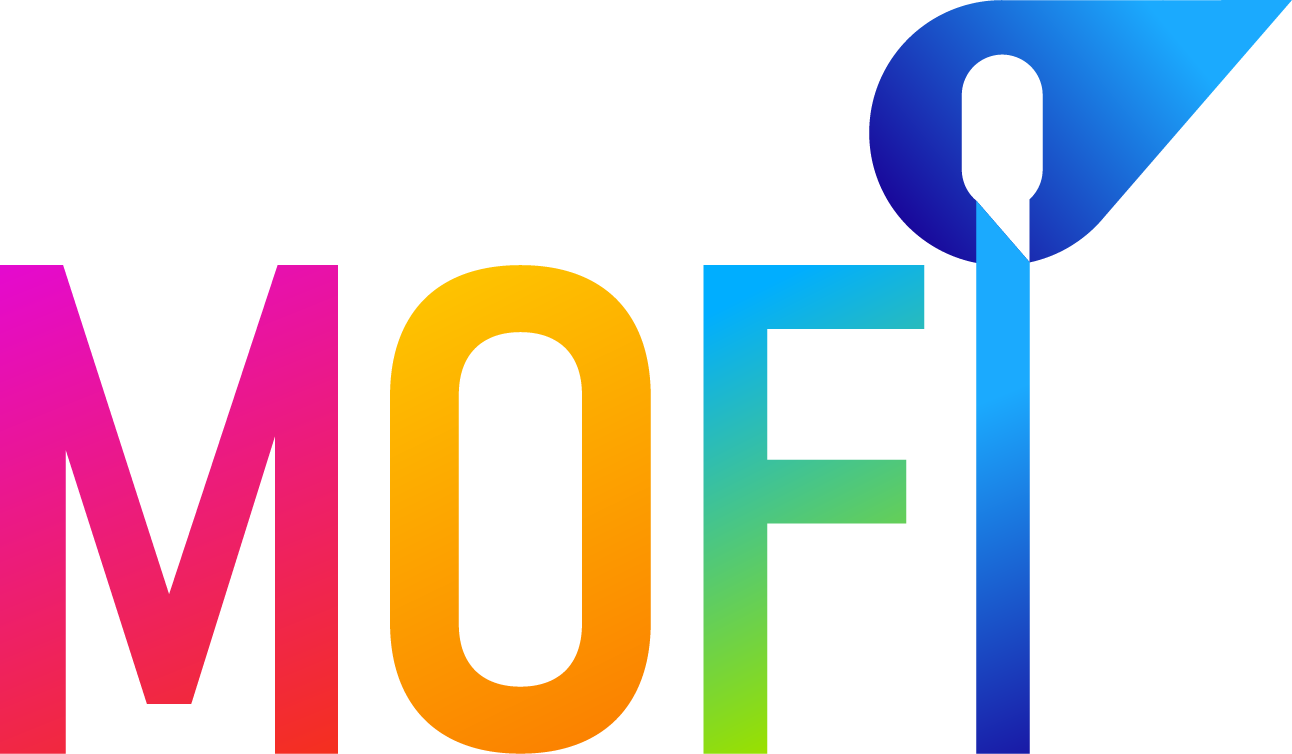Trends for 2016: Compassionate Leveraging of Your Consumer’s Emotional Motivators
This month we have discussed engaging with customers across the communication platforms they prefer, innovating wearable technology to monitor and increase the quality of life metrics, and developing or expanding your footprint as a socially responsible organization. These three consumer experience trends for 2016, highlighted here this month, all stem from one critical concept: the leveraging of human emotion and garnering an understanding of your consumers’s emotional motivators: seeing them as people first, consumers second. This is, in our mind, one of the most significant touch points for an innovative forward-focused organization.

Organizations who want to build out a strong, viable stream of growth and profitability for the future, need to look beyond standard metrics around consumer satisfaction and brand awareness – and analyze the key emotional motivators driving current and potential customers. Understanding what motivates consumer loyalty allows for strategic and quantifiable measurement – aligning their motivations with the value it will or will not bring to your brand. Are you marketing to the right consumer and in a way that touches upon their emotional motivator? How do you find this out?.
While brand value is cultivated by identifying consumer desire, developing an understanding of your clients unique emotional motivation is more science than art and coming up with quantifying results can be challenging. That said, quantifiable strategies are critical – and are proving to be very effective across the brand board.
To assist organizations to understand and utilize the often unmined value that is part of a consumer’s emotional motivation, Scott Magids, Alan Zorfas and Daniel Leemon spent eight years developing what they consider to be the standard lexicon of emotions. In the course of the research, they mined anthropological and social science research and spoke with numerous experts – ultimately assembling a list of 300 known emotional motivators. In a recent article in The Harvard Business Review, “The New Science of Customer Emotions”, t he team stated, “At the most basic level, any company can begin a structured process of learning about its customers’ emotional motivators and conducting experiments to leverage them, later scaling up from there. At the other end of the spectrum, firms can invest in deep research and big data analytics or engage consultancies with specific expertise.”
he team stated, “At the most basic level, any company can begin a structured process of learning about its customers’ emotional motivators and conducting experiments to leverage them, later scaling up from there. At the other end of the spectrum, firms can invest in deep research and big data analytics or engage consultancies with specific expertise.”
In the chart to the right there is a list of the ten motivators that Magids, Zorfas, and Leemon found to be the most critical in defining an actual value for a consumer. It is an enlightening resource.
Once you have conducted your research and have a clear or clearer understanding of who your consumer is at their core, now its time to work on the hard part. Figuring out the magic formula that will separate your brand from similar brands – consumer loyalty is fickle and keeping them believing in you, is again, more science than art.
In a follow up article to their earlier report in the Harvard Business Review, Magids, Zorfas and Leemon asked “What Separates the Best Customers from the Merely Satisfied?” They discovered, after further research involving hundreds of brands in dozens of industries, that when a consumer is emotionally connected to a brand, they are “anywhere from 25% to 100% more valuable in terms of revenue and profitability than those consumers who are ‘merely’ satisified with it”. The article offered these four main points to consider:
- Great advertising and consuemr focus don’t necessarily translate into emotional connection.
- Just because a brand is ubiquitous doesn’t mean it’s making strong emotional connections.
- You don’t have to be an upscale brand to connect emotionally.
- Variations within industries can be dramatic.
Consumers seek products and services to provide a sense of security, uniqueness, power and accomplishment. If they are not emotionally connected to your brand, they are not going to remain loyal and will be looking for their next “emotional motivating” fix with another company. You don’t have to be the biggest on the block, or the first – but you do have to be the most authentic. Between the lines in all the research is a fundamental truth: We all want to be treated as valuable to the company’s we support. In this economy, as perhaps never before in the economic history of the US, consumers are demanding to be seen, heard, and communicated with in ways that make sense to them – demanding through their purchasing power, respect for their time, intellegence and money. The trick is taking the science and humanizing its application.
Once you have a strategy in place and begin to gather your consumer’s unique emotional motivators and have weighed their potential value – both in revenue and engagement with your organization, you are ready to disrupt, innovate and transform the way you engage, reward and retain your most complicated and valuable asset – your consumer.
